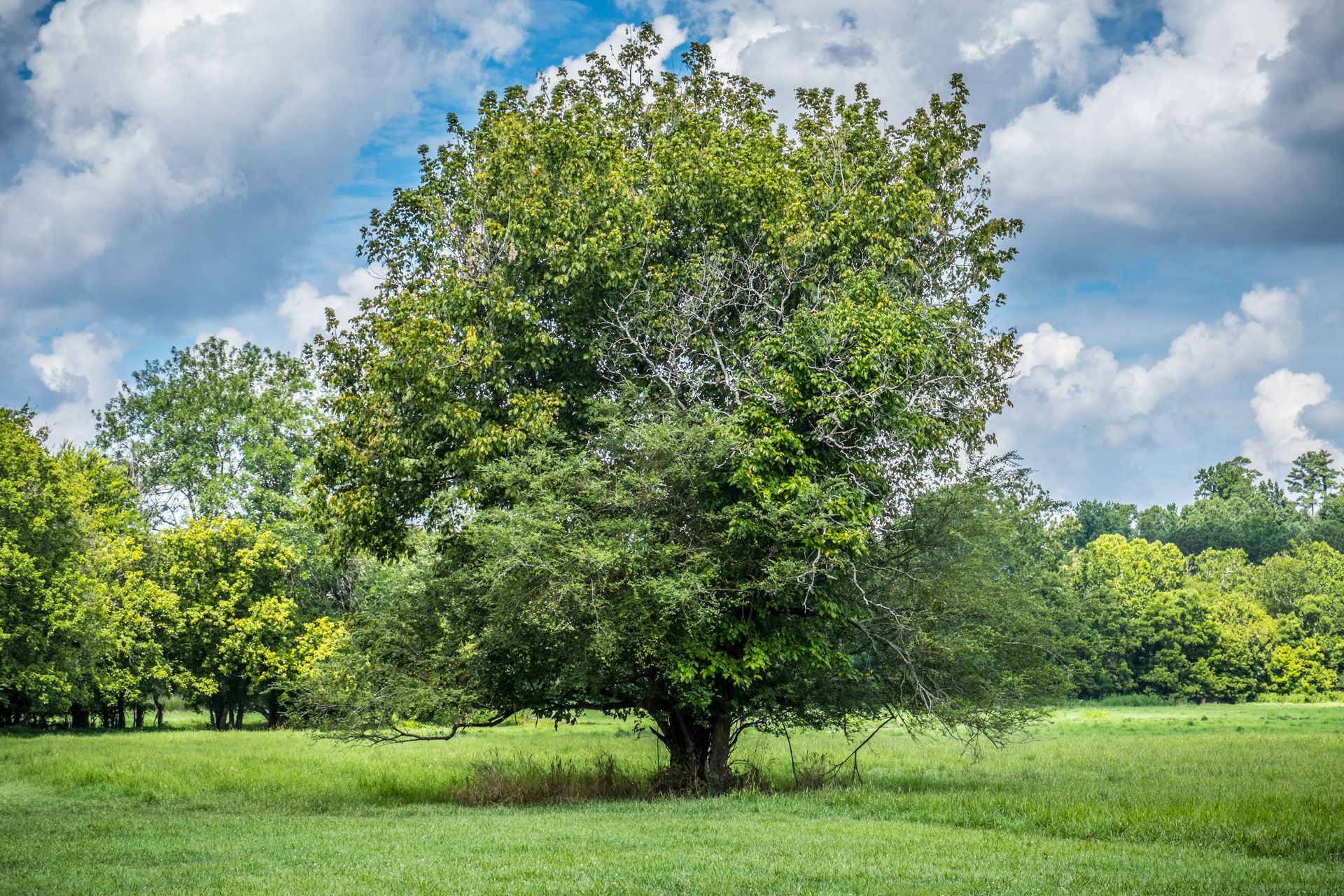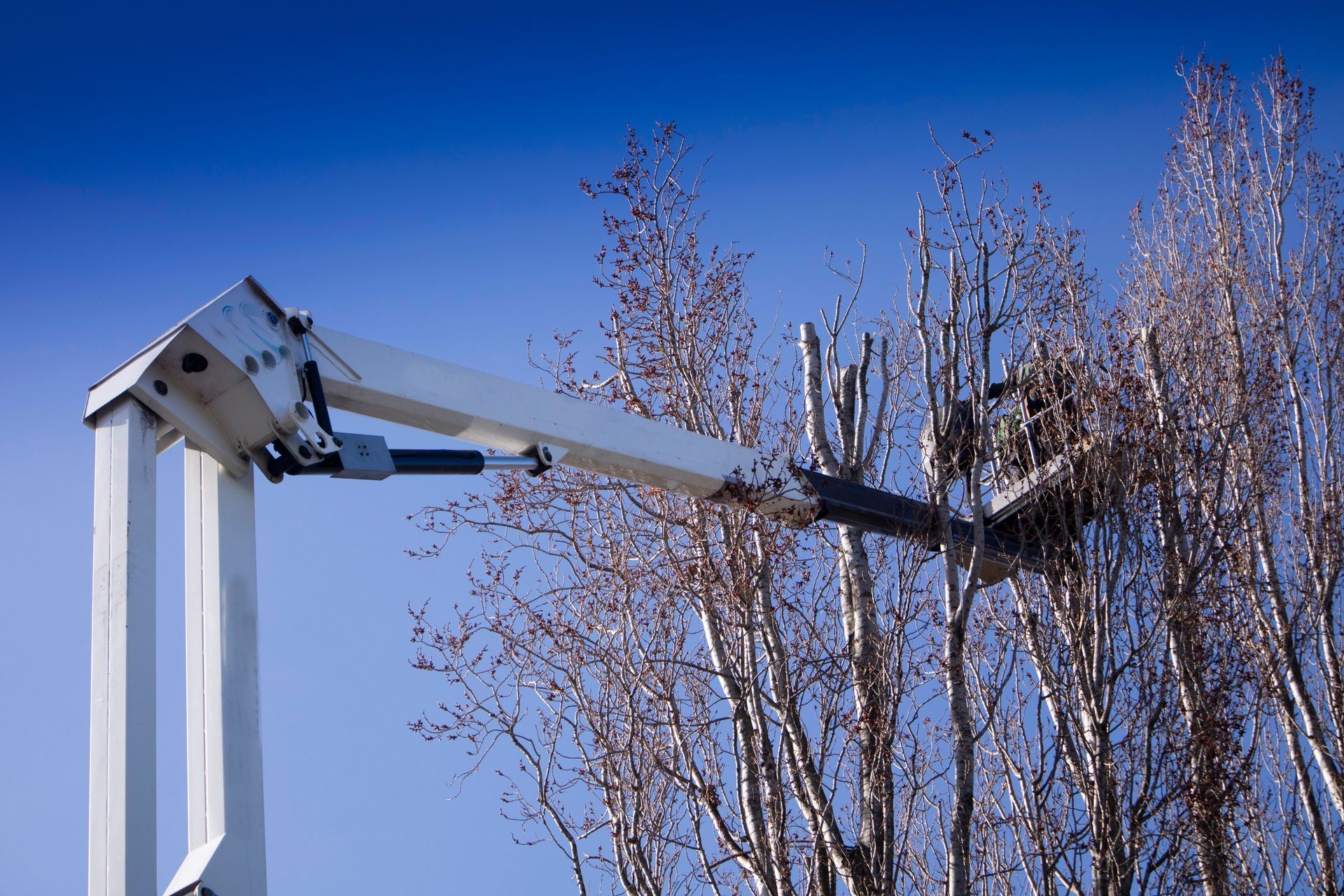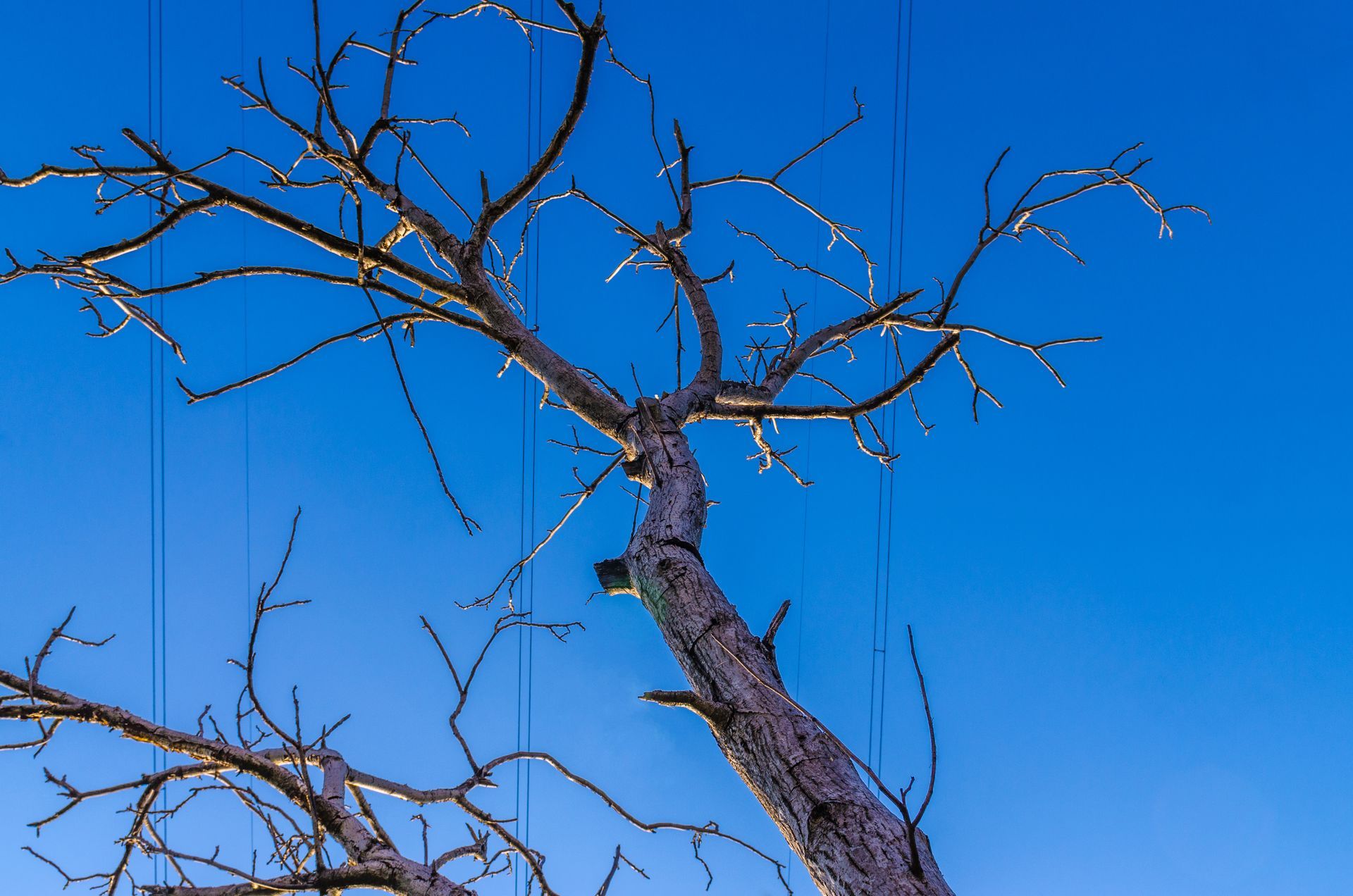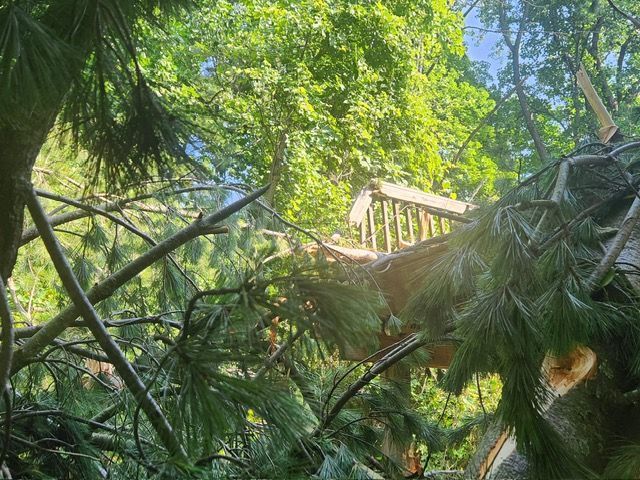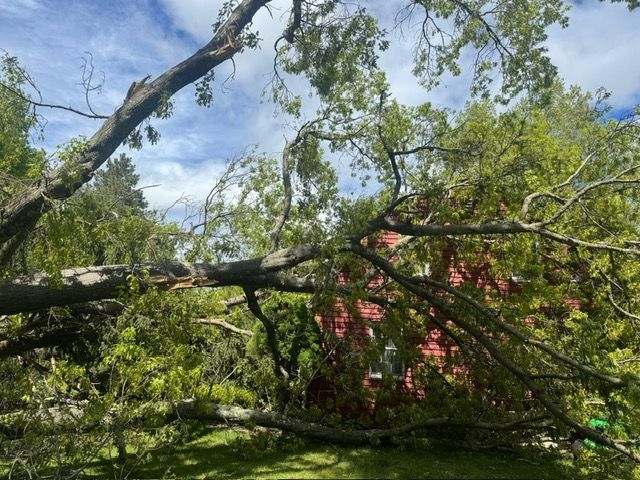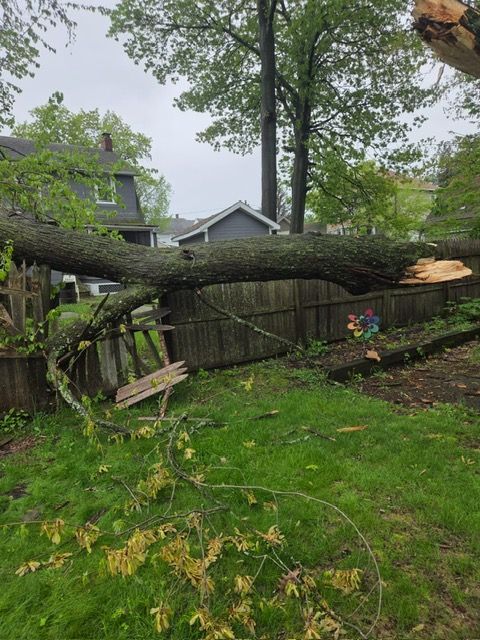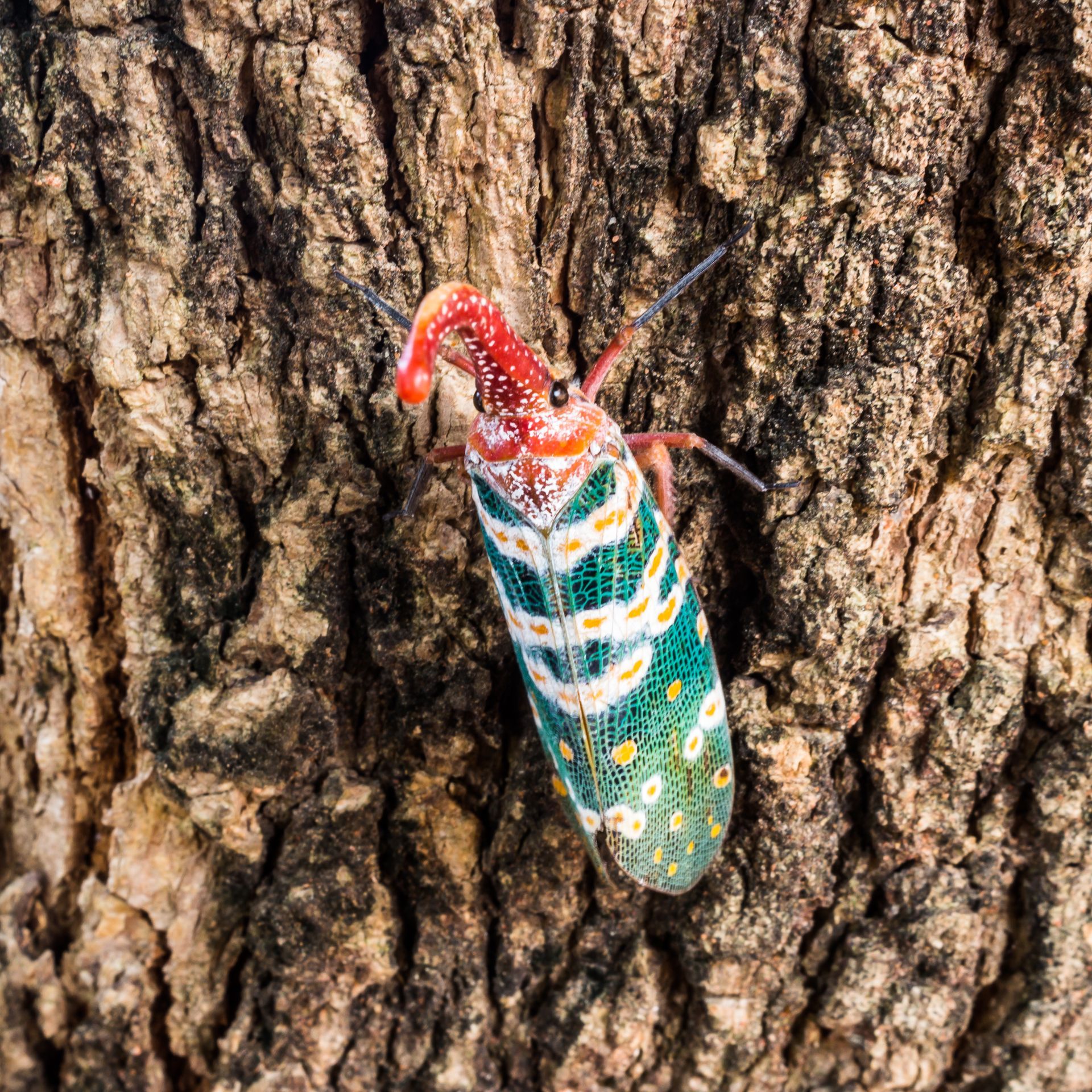What Kills a Tree Stump Quickly?
Quick Solutions for Tree Stump Removal
Introduction:
After cutting down a tree, the leftover stump can be an eyesore and a hindrance. If you're seeking swift ways to eliminate these stumps, several methods can help. In this article, we'll explore these techniques and offer advice on selecting the best one for your situation.
Quick Tree Stump Removal Techniques:
Chemical Stump Removal:
Chemical stump removers are effective for speeding up the decomposition of stumps. Drill holes into the stump and apply the chemical, which accelerates the rotting process. While this method is efficient, it may take a few weeks for the stump to completely decompose.
Epsom Salt Method:
Epsom salt can be used to hasten the decay of tree stumps. Drill holes into the stump and fill them with Epsom salt. The salt draws out moisture, aiding in the decomposition process. Though effective, this method may require several months for the stump to fully decay.
Rock Salt Technique:
Rock salt is another option for quick stump removal. Drill holes into the stump and fill them with rock salt. The salt absorbs moisture, helping the stump to dry out and decay. However, be cautious, as rock salt can harm surrounding plants and soil.
Boiling Water Method:
Pouring boiling water over a stump can also be effective. This method works by killing the root system of the stump, leading to decay over time. While simple, multiple applications may be needed for complete removal.
Choosing the Right Method:
Consider the size of the stump, your budget, and the time you have available when selecting a removal method. Chemical stump removers are effective but may require patience. Epsom salt and rock salt are natural options but may take time. Boiling water is quick but may need to be repeated.
Conclusion:
Tree stump removal doesn't have to be a lengthy process. With the right approach, you can quickly and efficiently remove these eyesores from your property. Whether you opt for chemical
stump removal, Epsom salt, rock salt, or boiling water, be sure to follow instructions carefully for the best results.
